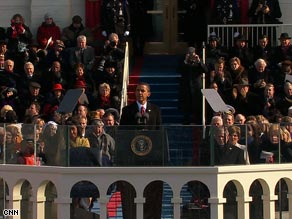Opponents of high-density, transit-oriented developments (
TODs), often claim they create more of a traffic problem than they solve. But new research shows the number of trips they create is often
exaggerated by as much as 50%.
First, a little background. Transportation planners struggle with how to reliably predict the number of net vehicle and person trips generated by new or infill mixed-use development such as
TODs. Since the old model has
relied primarily on single-use, free-standing sites, it is very difficult to make predictions with any
certainty. Add to the mix internal capture rates, and the level of uncertainty rises.
The Institute of Traffic
Engineers (
ITE) is the only one to suggest a framework for establishing a data collection procedure for estimating multi-use trip generation to include internal capture rates. However, this framework is based on even more limited information than the old model. Currently, "...so little information is available about internal capture rates that traffic impact studies for mixed-use developments become little more than exercises in speculation." (Ewing, R., M. Deanna, and S.C. Li, Transportation Research Record 1518, pp. 1-6).
New research recently completed for the Transit Cooperative Program seems to confirm the disconnect between the modeling and the actual demand. The research confirms that the
ITE trip generation and parking generation rates over estimates automobile trips for TOD developments by as much as 50%.
To view the actual study go to the
TCRP website or check out this
synopsis from on
Planetizen.
 As a parking and transportation planner, I often have to explain how paid parking is a tool that encourages good behavior. This is especially true with on-street parking, where a fee encourages people to park more and drive less. By that I mean paid parking causes greater turnover of the spaces, resulting in an increase in the availability of spaces and the reduction of congestion-causing cruising.
As a parking and transportation planner, I often have to explain how paid parking is a tool that encourages good behavior. This is especially true with on-street parking, where a fee encourages people to park more and drive less. By that I mean paid parking causes greater turnover of the spaces, resulting in an increase in the availability of spaces and the reduction of congestion-causing cruising. 











